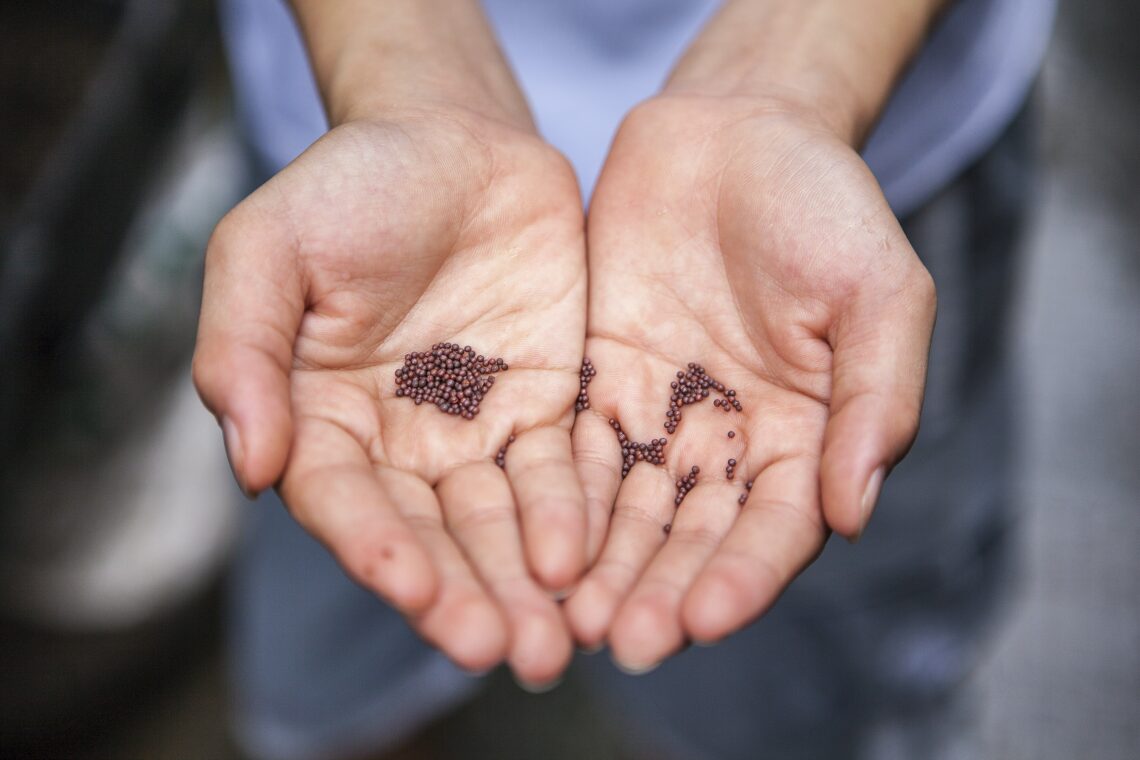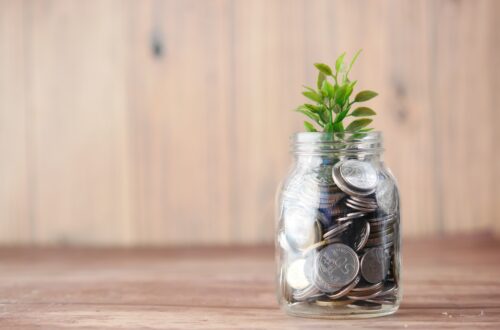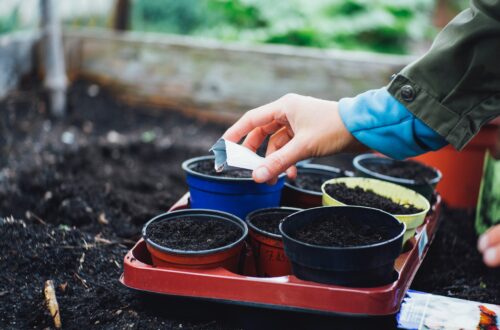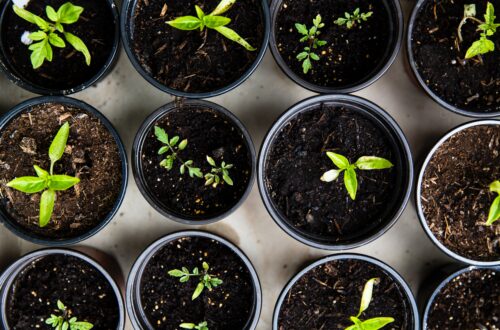Gardening enthusiasts know that one of the keys to a successful and sustainable garden is the ability to save and store seeds for next season and beyond. Properly storing seeds ensures that you have a ready supply of your favourite plant varieties year after year, saving you money and allowing you to maintain a garden that evolves with time. In this article, we’ll walk you through the essential steps to store seeds for next season and beyond.
I am going to keep it lighthearted for this article, but this does have a serious angle. It is not just about thinking about next season. We should do all we can to create self-sufficiency.
1. Collecting Seeds
The first step in seed storage is to collect seeds from your plants when they are mature and fully developed. Select healthy, disease-free plants for seed collection to ensure the best-quality seeds. Use a pair of scissors or pruning shears to snip seed heads or pods into a clean container.
Always get the landowner’s permission. We will talk about the nuisances of ownership another time, but let’s focus on sharing the joy, do not trespass or take anything without asking permission. I usually carry a small knife with me on walks etc, with a couple of brown paper envelopes. Together it makes the perfect set to help collect seeds.
2. Cleaning and Drying
After collecting the seeds, you’ll need to clean and dry them. Remove any plant debris, chaff, or non-seed material from the seeds. You can do this by gently shaking them in a sieve or by using a fine-mesh strainer. Once cleaned, spread the seeds out on a paper towel or newspaper in a well-ventilated area to dry thoroughly. This may take a few days to a few weeks, depending on the seed type and humidity levels.
3. Proper Storage Containers
Choosing the right storage containers is crucial for preserving seed viability. Opt for airtight, moisture-proof containers such as glass jars or resealable plastic bags. Be sure to label each container with the seed variety and date of collection to keep your seeds organized.
4. Desiccant Packs
To further protect against moisture, consider adding desiccant packs or silica gel packets to your seed storage containers. These help absorb any excess humidity that could lead to seed spoilage.
5. Cool and Dark Location
Store your seed containers in a cool, dark, and dry location. The ideal temperature for seed storage is between 32°F and 41°F (0°C and 5°C). A refrigerator or freezer is an excellent option for long-term storage, but ensure your seeds are completely dry before sealing them in a cold environment.
6. Monitoring and Testing
Periodically check your stored seeds for signs of moisture, mould, or pests. If you notice any issues, remove the affected seeds immediately to prevent them from damaging the entire batch. To test seed viability, perform a simple germination test by planting a few seeds and observing their sprouting rate.
7. Seed Saving Resources
Consider joining a seed-saving community or organization to gain access to valuable resources and information about preserving heirloom and open-pollinated varieties. These communities can provide guidance on specific seed-saving techniques and connect you with like-minded gardeners.
Why not organise your very own seed swap?
8. Rotation and Diversity
To maintain a healthy and resilient garden, practice crop rotation and diversify the types of seeds you store. This helps prevent soil depletion and reduces the risk of pests and diseases that can affect a single crop.
Final Thoughts on How to Store Seeds for Next Season
By following these steps and paying careful attention to storage conditions, you can store seeds for the next season and beyond successfully. With a well-organized seed bank, you’ll be able to continue growing your favourite plants, share seeds with fellow gardeners, and contribute to the preservation of heirlooms and rare varieties.
If you are just looking to store seeds for next season then you can get away with being a little more relaxed. You can store the seeds in a cool and dark place, such as a kitchen cupboard or shed. As long as it is dry and not humid you can be confident that your seeds will wake up next year full of potential.
Happy gardening, and may your future harvests be abundant!





